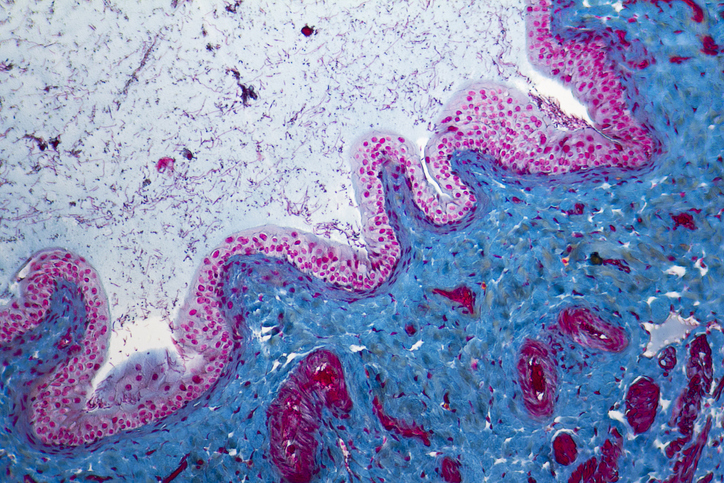
A recent study analyzed the earliest inflammatory features in patients with clinically suspect arthralgia (CSA) who progress to rheumatoid arthritis (RA).
Researchers evaluated 31 CSA patients (mean age, 44 years; 71% female) who progressed to RA with a 1.5-T MRI of the metacarpophalangeal (MCP), wrist, and metatarsophalangeal (MTP) joints at arthralgia onset and initial synovitis diagnosis. MRIs were used to identify osteitis, synovitis, tenosynovitis, and erosions; scores were compared to those of age-matched, symptomless patients.
Compared to the age-matched, symptomless people, at presentation with arthralgia, CSA patients had higher synovitis scores (mean 2.2 vs. 0.93, p < 0.001) and tenosynovitis scores (mean 1.7 vs. 0.27, p < 0.001), but osteitis scores (1.9 vs. 1.4; p = 0.35) and erosion scores (1.7 vs. 1.8, p = 0.53) were not significantly higher. Average time between arthralgia presentation and progression to RA was 17 weeks; during progression, the mean osteitis score went from 1.9 to 2.7 (p = 0.036), and the mean synovitis score increased from 2.2 to 3.4 (p = 0.001), but there was no significant increase in mean tenosynovitis score (1.7 to 2.0, p = 0.35) or erosion score (1.7 to 1.9, p = 0.092).
Researchers also evaluated differences between anti-citrullinated protein antibody (ACPA)-positive RA (n = 9) and ACPA-negative RA (n = 22) patients. When compared with the age-matched healthy controls, at arthralgia presentation, ACPA-positive patients had higher osteitis scores (p = 0.04), synovitis scores (p < 0.001), and tenosynovitis scores (p < 0.001), but there was no difference in erosion scores. ACPA-negative RA patients had elevated synovitis scores (p = 0.02) and tenosynovitis scores (p = 0.001), but osteitis scores and erosion scores were not different.
The researchers concluded, “Our study demonstrated that synovitis and osteitis scores increased during progression from arthralgia to clinical arthritis, suggesting an ‘outside-in’ temporal relationship of arthritis development, particularly in ACPA-negative RA. For ACPA-positive RA further studies are needed.”
Unique Imaging Sets Palindromic Rheumatism Apart from Rheumatoid Arthritis
Assessing Rheumatoid Arthritis Bone Damage With High-Resolution Peripheral Quantitative CT
Microsurgical soft tissue reconstruction in lower extremity osteitis
Source: Arthritis Research & Therapy







 © 2025 Mashup Media, LLC, a Formedics Property. All Rights Reserved.
© 2025 Mashup Media, LLC, a Formedics Property. All Rights Reserved.